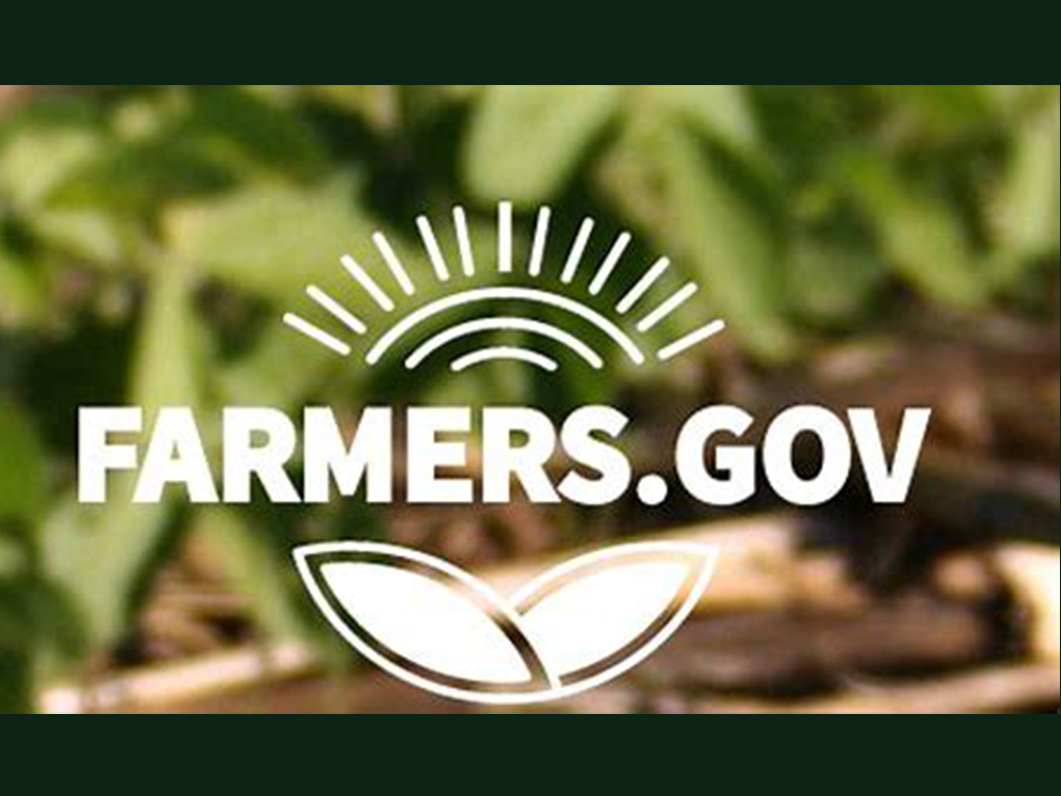
The USDA announced on April 1 that a farmers.gov local dashboard has been made available for all 50 states.
According to an agency press release, the latest update added Alaska, Indiana, Kansas, Maryland, Massachusetts, Nebraska, New Jersey, Ohio, and South Dakota to the 40 states announced last October, and Iowa, which launched as the project’s pilot state in January 2023.
View your new farmers.gov local dashboard — a dashboard of farming data and USDA resources for your state and county.
The farmers.gov local dashboard was created “to provide farmer-focused data sets and resources from USDA and other government agencies in a single place so you can easily access materials that you may need as you run your farm operation,” the release said. “We also transformed some of the complex data sets into easy-to-read charts and graphs to help you quickly find and analyze information that matters to you.”
The states’ dashboards include daily or weekly commodity prices and trends in prices over time to make data-driven business decisions with data provided by the Agricultural Marketing Service (AMS); local current, upcoming, and severe weather information to plan and prepare for weather conditions that may impact operation with data from the National Weather Service (NWS); historical temperature and precipitation data to analyze weather patterns over time with data from the National Oceanic and Atmospheric Administration (NOAA) National Centers for Environmental Information (NCEI); past storm events data from the NOAA NCEI storm events database to be aware of storm events that may occur in your area during certain time periods or use as a reference when applying for crop insurance from the Risk Management Agency (RMA) or USDA disaster assistance programs; and local USDA service center contact information to connect with FSA, NRCS, or Rural Development (RD) staff for your business needs.
Additional state resources, such as county drought data from the U.S. drought monitor, contact information for your state’s beginning farmer and rancher coordinator or state agency offices, and a state GovDelivery subscription, are also available.
“Over the past year, we received and reviewed all of your feedback on how to expand and improve the dashboard,” the release added. “Based on your responses, we’re planning new features and updates to the dashboard to better meet your needs. We’ve also made a number of fixes and adjustments to the existing features as a result of your feedback.”
It concluded, “Explore the farmers.gov local dashboard and let us know what you think!
Subscribe to the farmers.gov email list to get updates on the latest news from farmers.gov, including information about updates to the dashboard.”


